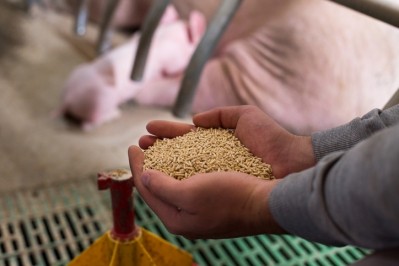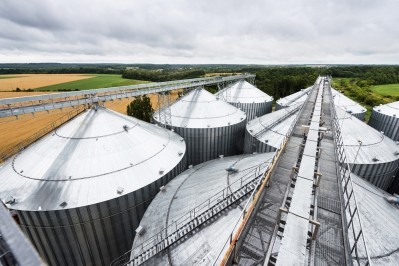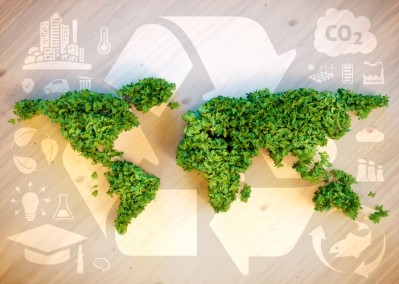EU derived protein sources no great shakes for reducing carbon footprint of feed: study

In view of the significant strategic risk and cost to EU livestock producers a dependence on feed imports creates, there has been increasing calls for European regulators to give higher priority to projects aiming to increase the amount of EU derived protein sources for animal feed use.
But there is little data on the carbon footprint impact of sourcing or producing such feed inputs closer to market.
A study undertaken by Wageningen UR Livestock Research attempted to do just that.
The team’s final report concluded that, of all the EU protein sources looked at, only poultry meat bone meal and soybean cultivated in the Netherlands or Ukraine could replace a percentage of soybean meal of South-American origin (SBM-SA) in a starter feed for fattening pigs without increasing the feed's carbon footprint (CFP).
The research was undertaken in cooperation with Dutch NGO, Natuur & Milieu, the Dutch feed industry association, Nevedi and the Dutch Ministry of Economic Affairs.
The selected EU protein sources evaluated in the study were high protein sunflower seed meal, poultry meat and bone meal, DDGS, soybean meal cultivated in the Netherlands or in the Ukraine, meal worms, defatted algae, and bacterial single cell protein.
A standard starting compound feed for fattening pigs, formulated from ingredients, based on their nutritive value and cost price, was considered as the reference scenario, said the team led by Marinus van Krimpen from the Department of Animal Nutrition at Wageningen University.
The researchers said the CFP of feed ingredients was calculated using an industry standard lifecycle analysis (LCA) tool.
Carbon footprint impact
They found that replacement of 12% SBM-SA by 12% soymeal cultivated in the Netherlands or Ukraine slightly decreased CFP from 595 to 580 and 592g CO2 Eq per kg of compound feed, respectively.
The researchers put the improvement in CFP down to the decrease in transport distance.
The study also indicated that substitution of 12% SBM-SA with 2.5% poultry meat (bone) meal slightly decreased CFP from 595 to 591g CO2 Eq per kg of compound feed.
However, replacement of SBM-SA by any of the other high protein feed ingredients of European origin resulted in an increased dietary CFP, concluded the analysts.
Insect and algae substitution
Replacement of 12% SBM-SA by 6.1% insects in the form of mealworms increased CFP from 595 to at least 717g CO2 Eq per kg of compound feed. “This is partly caused by the large energy requirement for heating during the production phase and a drying step thereafter,” noted the researchers.
They say that the use of other insect species with a low energy requirement during rearing, and those that can be raised on waste products could make soymeal substitution with insect derived protein more sustainable. “To explore this potential, more insect LCA studies are required,” said the team.
Replacement of 12% SBM-SA by 2.8% defatted algae slightly increased CFP from 595 to 611 g CO2 Eq per kg of compound feed.
“This CFP was calculated for an optimistic case, with no allocation of upstream CFP, assuming high oil content in the algae, a future high production level, and applying highly efficient drying techniques with a low energy requirement,” said the Dutch researchers.
To further reduce the CFP of protein rich ingredients of European origin, it is necessary to increase the efficiency of their production, suggests the team.
They say more attention should be given to optimizing the breeding and cultivation conditions of these protein sources, to increase yields per hectare. In case of drying wet by-products such as DDGS, more energy-efficient drying techniques should be developed to reduce their carbon footprint, added the researchers.
The full report can be read here.














